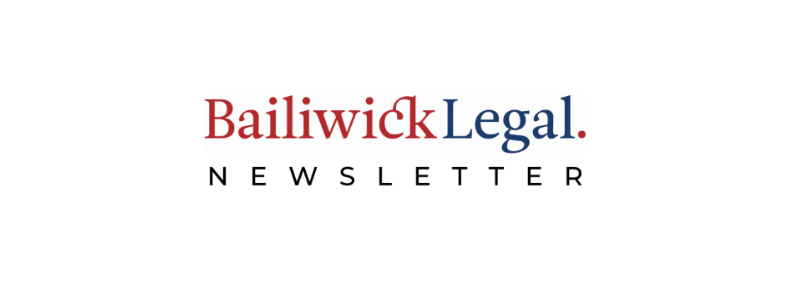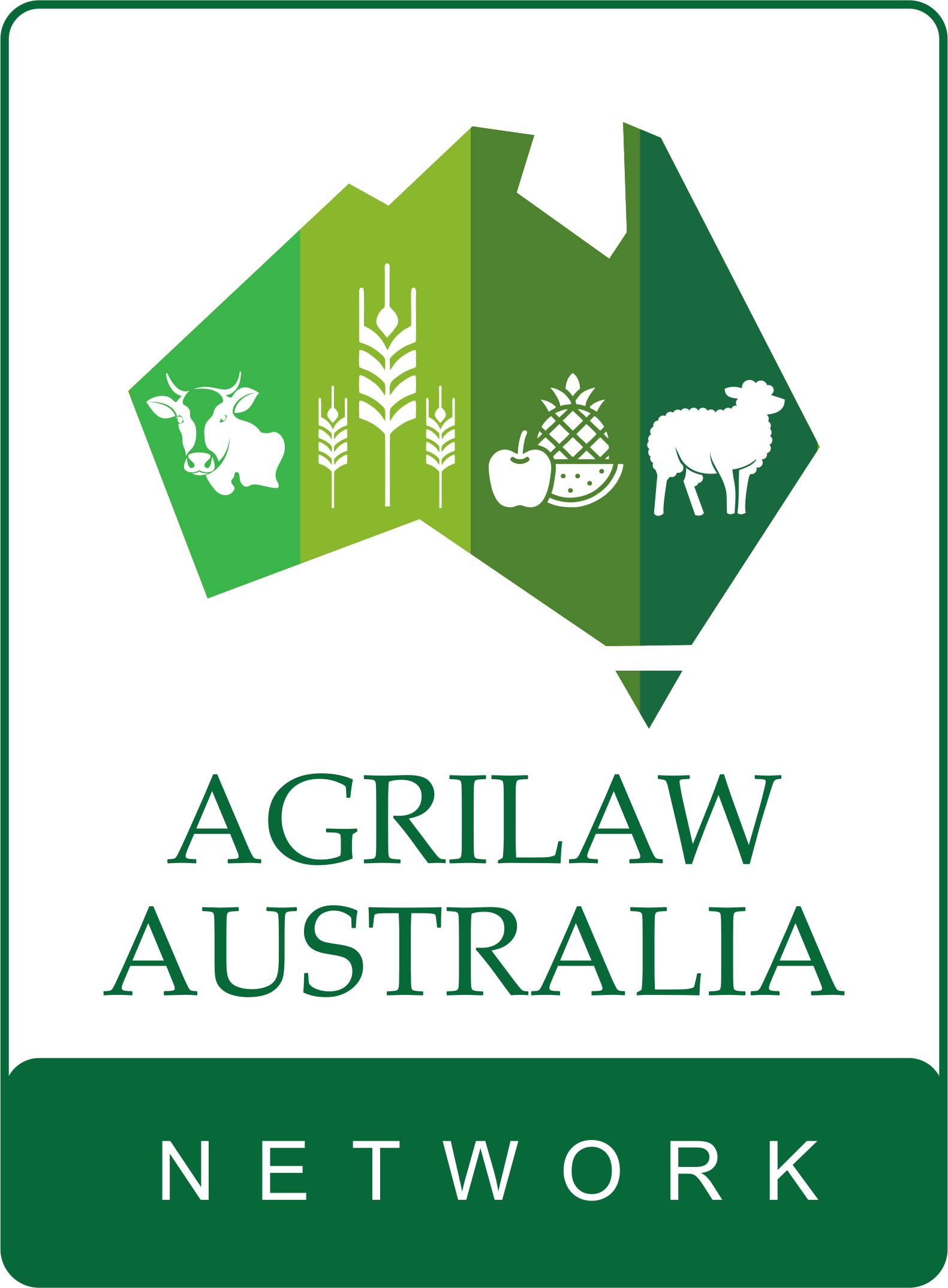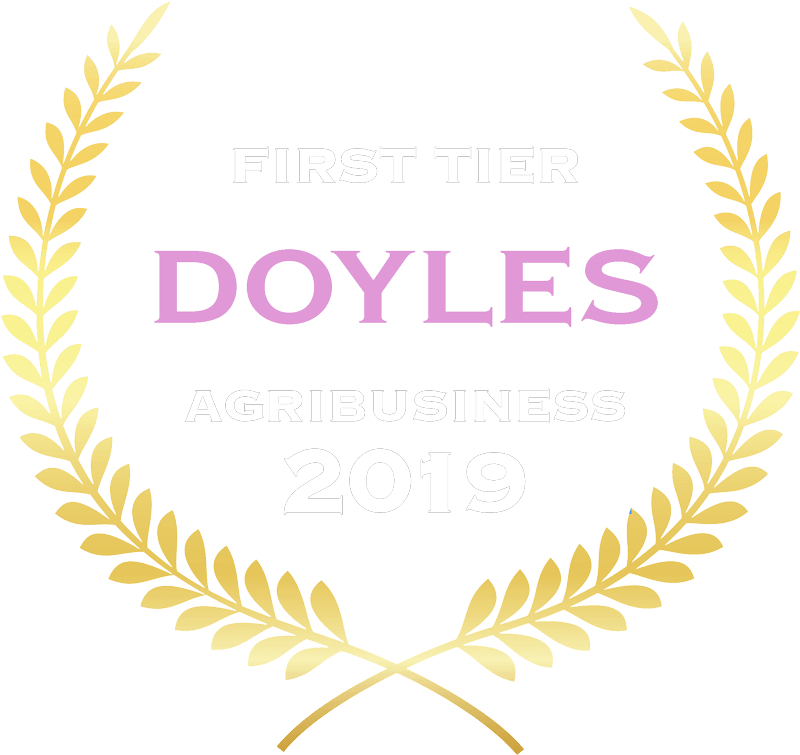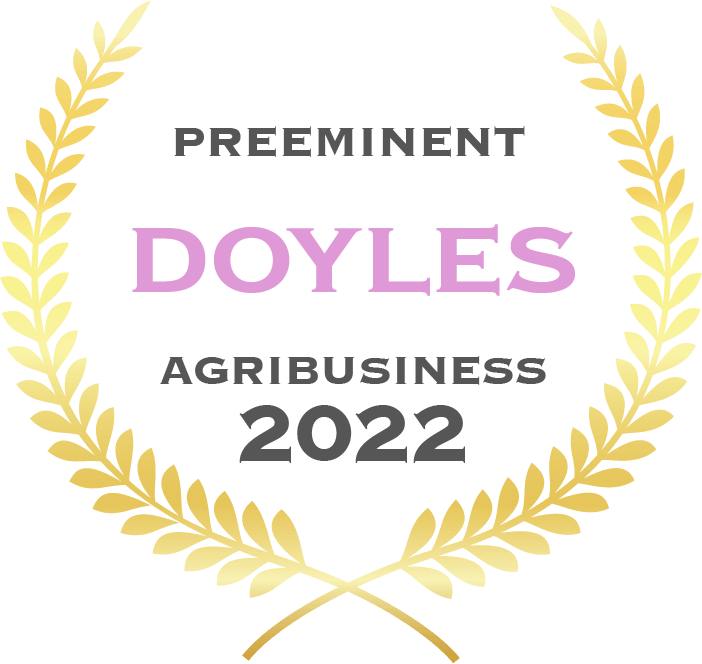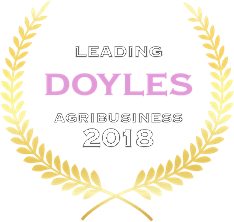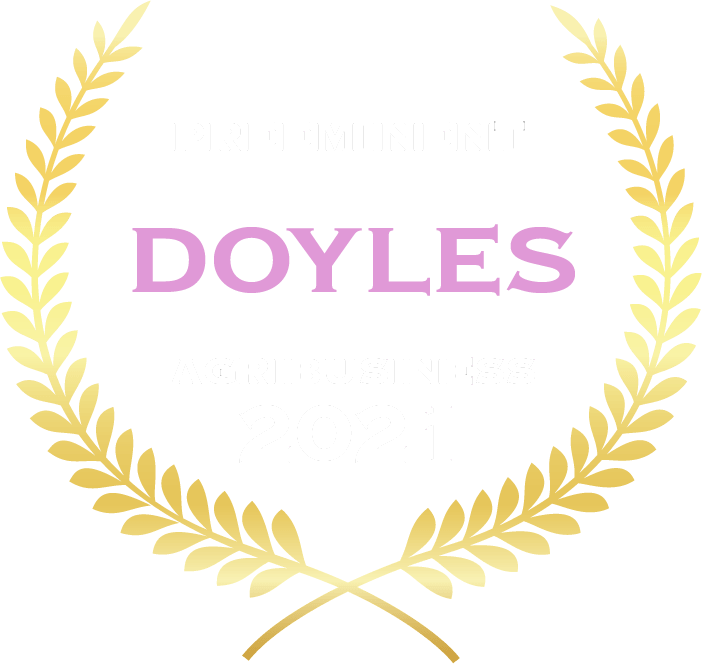New Law for ‘Not for Profit’ Associations and Clubs - Model Rules in the Associations Incorporation Act 2015
April 19, 2023
Author name
This is a subtitle for your new post
There will be few of us whom have never had any involvement with an incorporated association or club. In Western Australia they include groups ranging from the local country football club to our very own Farmers Federation. It is significant to remember that the amazing volunteer fire-fighters who have bravely fought to protect home and hearth throughout this terrible bushfire season are members of a ‘not for profit’ association.
At present many social, sporting and community groups are incorporated under the Associations Incorporation Act 1987 however, this situation is due to change from 1 July 2016 with the proposed introduction of the Associations Incorporation Act 2015. We will briefly examine some of the key changes to the law due to be enacted soon.
MODEL RULES
The new Act will introduce a set of Model Rules designed to help simplify the process for incorporation and set out minimum standards for accountability. Existing associations’ constitutions may need to be modified to successfully reflect the new legal requirements.
The Model Rules are not compulsory but must be adopted if the existing association’s laws do not comply with the new laws.
Compliance will be essential for organisations to demonstrate eligibility to be considered a ‘not for profit’ incorporated association. Associations will have three years from the time the new law commences to ensure that either their rules are consistent with the new law or to adopt the new model rules.
COMMITTEE MEMBERS OBLIGATIONS
The new Act codifies the obligations that already exist within the common law in regards to committee members. They include provision for: the duty of care and diligence; the duty to act in the best interests of the association and for a proper purpose; and the duty of a committee member not to misuse their position or information. Other changes include the introduction of stricter eligibility requirements for those people seeking a seat on management committees.
ACCOUNTABILITY
The new Act will require incorporated associations to demonstrate different levels of financial accountability based upon their revenue. There will be a three tired system which will create different reporting requirements dependent upon the association’s revenue.
Tier 1 associations have revenue of less than $250,000. They can chose to prepare basic financial statements with no independent review or audit. Tier 2 associations are those with revenue from $250,000 to $1,000,000. They must prepare financial reports in accordance with Australian Accounting Standards and these reports must be reviewed by a member of a professional accounting body. Tier 3 associations are those with revenue of more than $1,000,000. These associations must prepare financial reports in accordance with Australian Accounting Standards and reports must be audited by a member of a professional accounting body holding a public practicing certificate.
WHAT NEXT?
The new Act is aimed to improve accountability, minimise administration and compliance costs, and align our State legislation with contemporary laws already existing in other Australian jurisdictions.
To be ready for the changes coming there are a number of things you can do. The first step is to find out more about the changes by viewing and downloading a copy of the Associations Incorporation Act 2015 from the State Law Publisher website. Secondly, check that the details of your association are up to date at ‘Associations Online’ via the Department of Commerce and sign up to their newsletter. Thirdly, start talking to your members about the rule changes you will need to make.
These associations and clubs contribute to rural and farming communities’ vibrancy and engagement with the world around them. For the work of these groups to continue without disruption, it is important that these new laws are given proper consideration.
For further information and guidance contact Phil at (08) 9321 5451

The International Sustainability and Carbon Certification (ISCC) System has come to the attention of many Western Australian farmers recently, as the scheme has changed one of its policies regarding aerial spraying. What is the ISCC? The ISCC is one of the world’s largest voluntary sustainability certification schemes enabling participants to demonstrate they are producing materials in a sustainable way that meets or exceeds community expectations. In Australia it is widely used in the canola industry, enabling Australian canola growers to access the European biofuel market. CBH Marketing and Trading holds certification for the ISCC EU and ISCC PLUS programs, that cover canola, barley, oats, wheat and lupin, allowing WA growers to participate in both programs. Participating in the ISCC program can result in a premium on grain, however participants are subject to more stringent measures to satisfy sustainability accreditation requirements. Recent decision on aerial spraying ISCC Principle 2.6.2 prevents aerial spraying from taking place within 500 metres of a body of water. CBH has successfully lobbied for an exemption to this Principle, for farm dams and salt lakes of low ecological value. As part of its lobbying, CBH provided expert reports to the ISCC on the hydrology and ecology of WA farm systems. For farmers who are signed up to the ISCC program, this removes an obstacle during the season for weed management. The Principle does still require a 500 metre buffer for other bodies of water, including freshwater lakes, rivers, ponds or creeks. However, for those who farm yabbies and marron, this change may not be welcome. Marron and yabby farmers have noticed impacts on their populations where aerial spraying has taken place close to their properties, and aerial spraying can unintentionally damage natural vegetation, including young and old growth trees. For growers, it’s always prudent to follow best practice guidelines for aerial spraying to avoid spray drift – including monitoring weather conditions and the effect of water added to the chemical. For some farmers, this decision may prompt an examination of whether signing up to the ISCC program might be best for their business. In this circumstance, it is important to weigh up the potential benefits of the program compared to the sustainability accreditation requirements. For others, this decision is a timely reminder to stay up to date with best practice guidelines when it comes to spraying, particularly during the seeding season. For assistance with all of your agribusiness needs, contact Bailiwick Legal on 08 9321 5451 or email office@bailiwicklegal.com.au By Ciara Nalty (Solicitor) For further information about our legal services, please visit our website: https://www.bailiwicklegal.com.au The above information is a summary and overview of the matters discussed. This publication does not constitute legal advice and you should seek legal or other professional advice before acting or relying on any of the content.
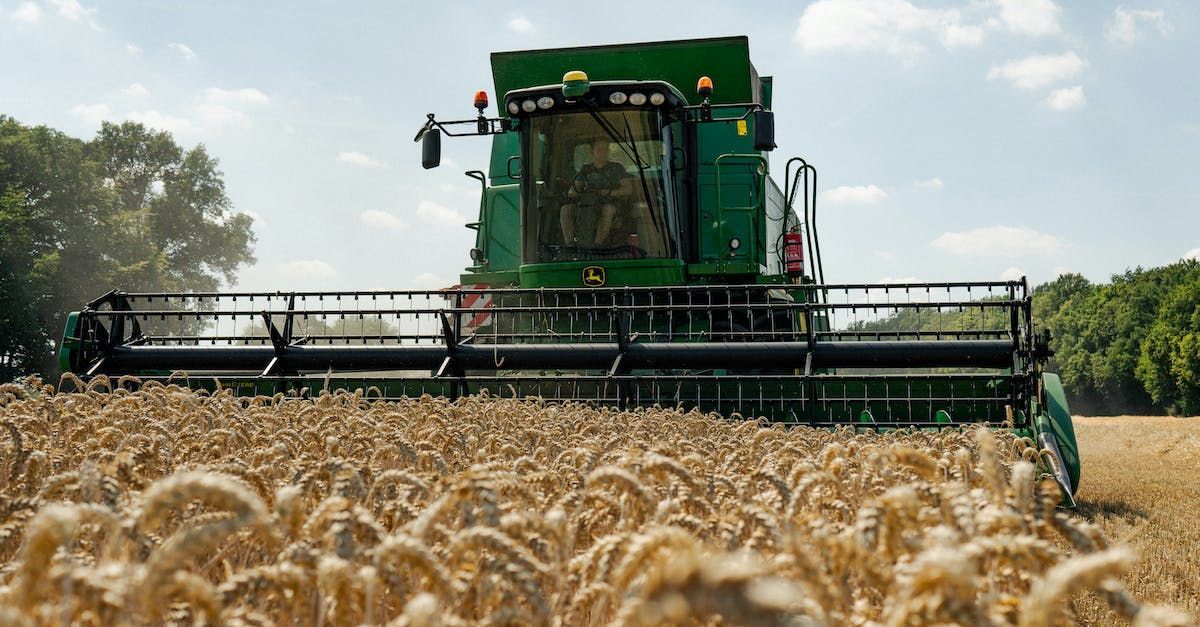
How does the Annual Wage Review affect workers and small business owners? Each year, the Fair Work Commission reviews the National Minimum Wage and the minimum wages set out in awards. Cost of living and inflation are front of mind for both employers and employees, and this year’s Annual Wage Review is likely to see an increase in the minimum wage and award rates. The Annual Wage Review is conducted by an Expert Panel, which takes submissions from interested groups, including the Federal Government, unions, and business lobby groups. The Federal Government’s submission to the Wage Review this year called for an increase to the minimum wage, though not specifying an amount. The Australian Chamber of Commerce and Industry has advocated for an increase of 2 per cent, at most. The announcement will likely take place in early June and any increase to the national minimum wage will take effect in the first full pay period on or after 1 July 2024. Failure to pay employees at least the minimum rate that is set out in an applicable award can result in penalties, including requirements for back pay and fines. The Fair Work Ombudsman uses its enforcement powers to issue compliance notices to employers, and recovered $14.8 million in unpaid wages in 2022-23. Small and medium businesses are subject to the same scrutiny as large businesses. For business owners, this is a timely reminder to review employment agreements and payments to staff. You should be conscious of which awards cover your staff members, as award rates for each level increase commensurate with the national minimum wage increase. It is also important to be aware of employee entitlements and set-offs, to ensure you are paying employees what they’re entitled to and avoiding future claims. If you are not sure what award your employee is covered by, have a question about employment conditions or require any other assistance with employment and workplace matters contact Bailiwick Legal on 08 9321 5451 or email office@bailiwicklegal.com.au . By Ciara Nalty (Solicitor) For further information about our legal services, please visit our website: https://www.bailiwicklegal.com.au The above information is a summary and overview of the matters discussed. This publication does not constitute legal advice and you should seek legal or other professional advice before acting or relying on any of the content.

